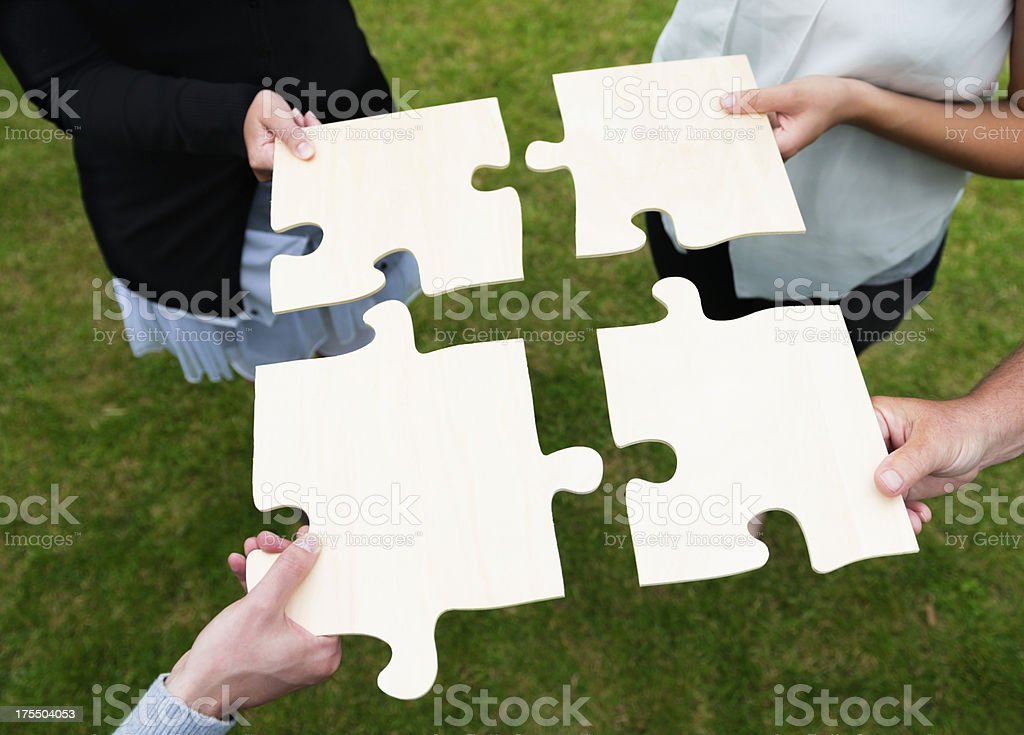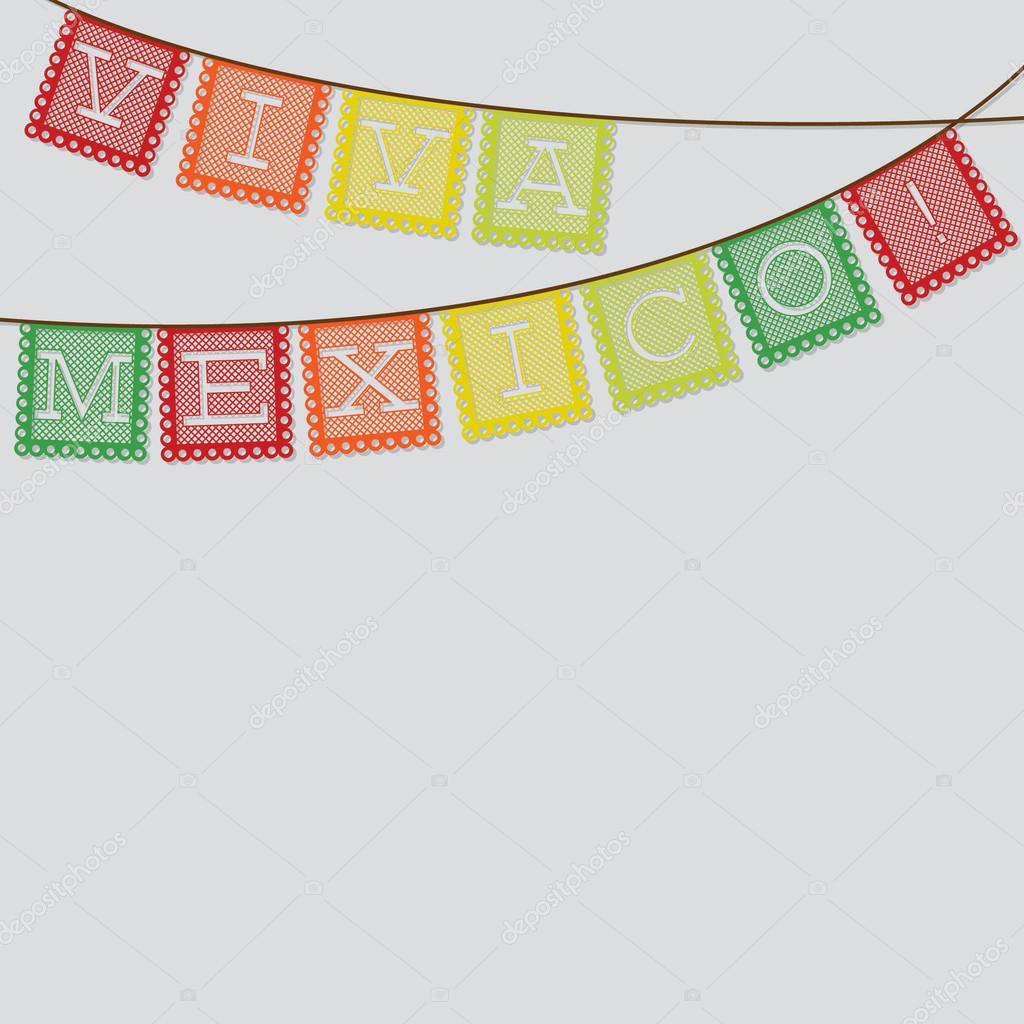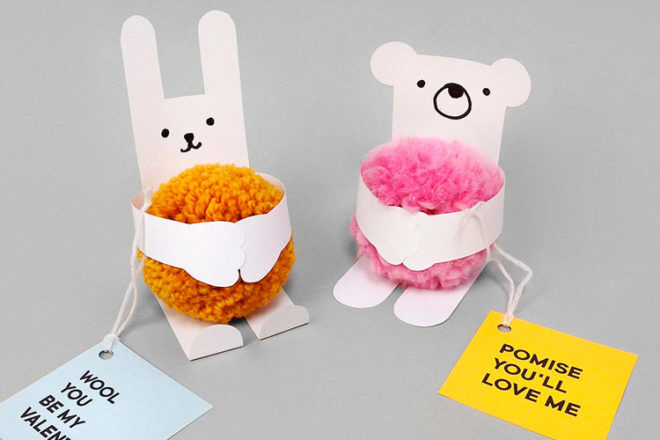
Here are some tips to help you sew quilt binding. First, you need to know how wide the binding strips will be. You can then cut squares to make your quilt. Next, you can sew together the strips using the same seam.
How to sew a diagonal seam into quilt binding
When sewing a diagonal seam in quilt binding you will need to align the ends. This will stop the binding becoming uneven. To ensure that the diagonal fold line matches the binding, fold the binding's lower edge over the quilt's top edge.
Once the binding is folded over, align it with the next quilt edge. Stitch along the diagonal seam, finishing about 10 inches from the starting point. Trim the binding to about 2 3/4 inches from the beginning.
Making a quilt binding with a mitered stitch
A mitered seam in quilt binding gives your finished quilt a tidy finish. The mitered seam allows you to stitch the entire binding strip in one pass without having to sew each side separately. It hides the last seam. This technique is great for quilts whipped onto one side.

Begin sewing at the border of the binding strip to make a mitered corner. Sew 1/4 inch beyond the corner. For this step, use a backstitch. You can try the technique with a scrap of fabric.
One-fold binding to sew a diagonal seam
It is often easier to sew single-fold quilt binding by joining strips diagonally, instead of ending at the end. This makes the seam more evenly distributed. This is also easier on a sewing machines, since the binding ends need to be squared.
First, measure the perimeter of the quilt. Then divide that number by 40 and add an inch. This should give you a measure of 280 inches. Divide this measurement with 40 and add 1 inch to get the exact amount of binding stripes. Cut the strips to a length of 5 inches and add WOF. Make sure the binding strips are even and lie flat.
A single fold binding is used to sew a mitered seam.
If you've gotten tired of the rounded corners in your quilt binding, you can easily sew a mitered seam instead. Before sewing a mitered edge, make sure the binding is perfectly fitted to the quilt. You will also need to trim the seam to 1/4" This can be done with a rotary cutter. Press the seam open.
Begin by folding and aligning the binding so that it is 45 degrees inwards to the quilt's edge. Next, you will use the same stitching feet as for the top to sew the binding. After you are done, use the point side of your iron to press the binding. This will create a mitered seam in each corner.

Pressing
Pressing quilt binding in place is an important step. Pressing the binding on the back will ensure it covers the stitches. Once the binding is applied, it's now time to sew. If you want to machine stitch the binding, you will need a walking foot. Use slow and steady stitches in the ditch.
Next, press quilt binding properly. This will reduce bulk and allow things to lay flat. The binding will look professional by pressing the seams.
FAQ
What are some competitive hobbies?
Competitive sports include running, swimming, cycling, golfing, tennis, etc.
They're often enjoyed by people who are active and want to socialize.
You'll likely find others who are interested in your hobby if it involves physical activity.
This could mean joining a club, or group that meets regularly to do sports together.
You could also opt to take part in team games that involve playing alongside others.
These include soccer (soccer), rugby, netball and hockey.
There are many different types of competition.
Some competitions are only for recreational purposes.
Others are designed to test the skill of competitors.
And still, others are designed to reward outstanding performance.
These cases result in prizes for the winners.
Other competitions are meant to test competitors' strength and stamina.
These are known as endurance events.
For example, marathon races, triathlons, Ironman Triathlon, etc.
Before participating in these events, athletes often train hard.
To prepare their bodies and minds, they will have to adhere to a strict training plan.
They may need to spend some time out of their home for preparation.
It's important to remember that not all athletes compete in every type of event.
What does a hobby cost?
It costs nothing to start a hobby. If you're serious about your hobby, it can take you years to get what you want.
But there is one thing you can do to help yourself. It's called "passion". If you have passion about something, it will make it easier for you to work hard.
And once you start putting in those hours, you may find that you become addicted to the activity. This is where the real joy begins. Because you're doing something you like and it keeps getting better. By the end of the year you'll have probably made a lot of progress.
It doesn't matter how long it takes. Try it! You may be surprised!
Why do we require hobbies?
Hobbies can be a part of your life because they provide you with time to unwind, recharge, think creatively as well as the chance to exercise, socialize, and relax. You can also learn new skills and develop lifelong interests.
Hobbies help us to find meaning and purpose in our lives.
They are great for spending your free time when there's not much else.
They are fun!
If you don’t make time for a hobby then it’s probably not worth your time.
Consider all of the possibilities available to your. Maybe you should consider starting a hobby.
Statistics
- The Role of the Mind in Sex, Dating, and Love: Men in the “humor” condition received phone numbers from 42.9% of the female participants and were refused 57.1% of the time. (time.com)
- A new survey by Pew Research Center of teens ages 13 to 17 finds that 36% of girls feel tense or nervous about their day every day; 23% of boys say the same. (pewresearch.org)
- 37% Video Games 36% Travel 36% Health and Fitness (quizexpo.com)
- I am 100% biologically a woman (discover.hubpages.com)
- Almost 80% of people claim to have no hobby. (hobbylark.com)
External Links
How To
How to Find the Right Hobby for Me
It is possible to determine if your hobby is the right one if you ask questions.
-
Do I enjoy doing it?
-
Does it give me pleasure?
-
Do you think it's something I would enjoy doing when I get older?
-
Are I good at it?
-
Can I improve?
-
Would I recommend it for others?
-
Will it bring me happiness?
-
Can it help me to relax
-
What will it do for me?
-
Can it help me to develop skills that I can apply later in my life?
-
Can it help me make new friends?
-
Is it possible to express my creativity with it?
-
Are there any opportunities for me to learn?
-
Can it give me assurance?
-
It will give me a feeling of achievement.
-
Will it lead to financial success?
-
Is it possible to travel with it?
-
Can it enable me to visit new places?
-
Will it encourage me to exercise?
-
Will it inspire me to work harder?
-
Is it going to motivate me?
-
Will it involve me in activities that I wouldn't normally consider doing?
-
Can it be a challenge?
-
It will be entertaining.
-
Will it keep me fit?
-
Will it save money?
-
Will it decrease stress levels?
-
Will it prevent boredom?
-
Do you think it will help me save time?